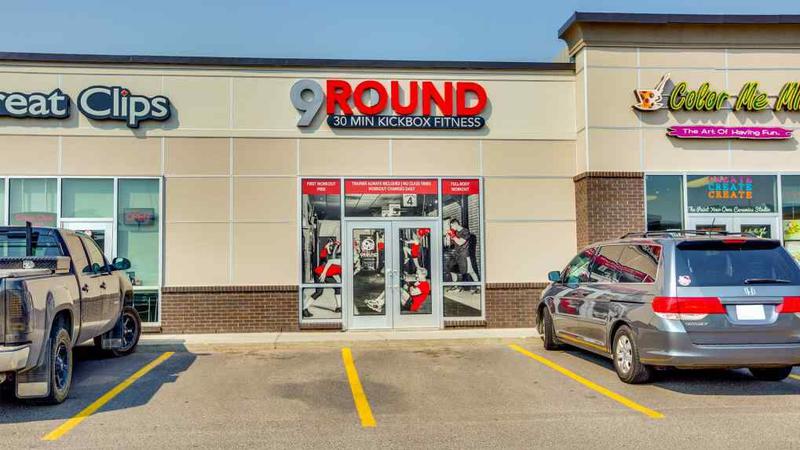
Blue carts for curbside recycling rollout set to be delivered between April 15 and May 10
LETHBRIDGE, AB – After a long process, the implementation of curbside recycling in the City of Lethbridge is just around the corner.
Waste and Recycling General Manager Joel Sanchez gave a presentation to City Council on Monday, Mar. 11, to reveal some details of the rollout plans for the recycling program that is set to begin in May.
The blue carts are scheduled to be delivered to all Lethbridge homes between April 15 and May 10, but residents might not want to start filling their blue carts immediately as the curbside recycling pick-up will not begin until all of the carts are delivered.
Depending on what part of the city residents live in, the first blue cart pick-up will happen between May 14 and the 24.


